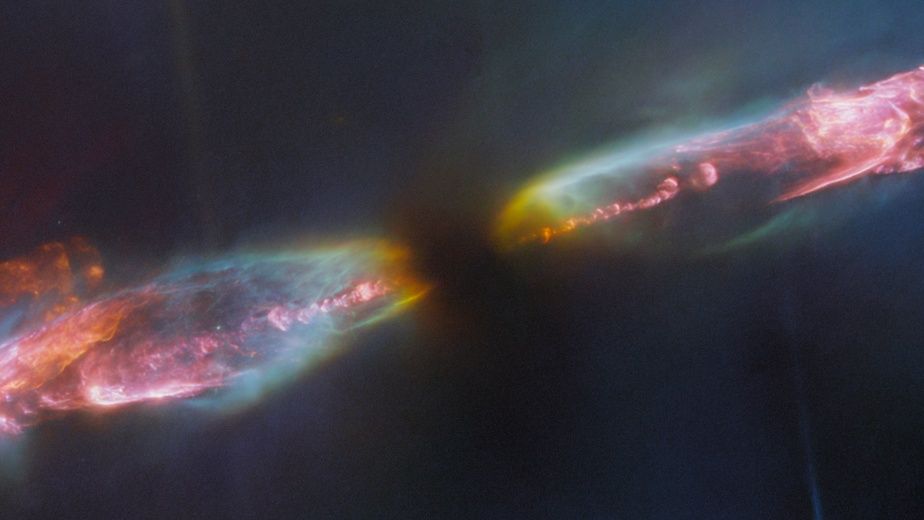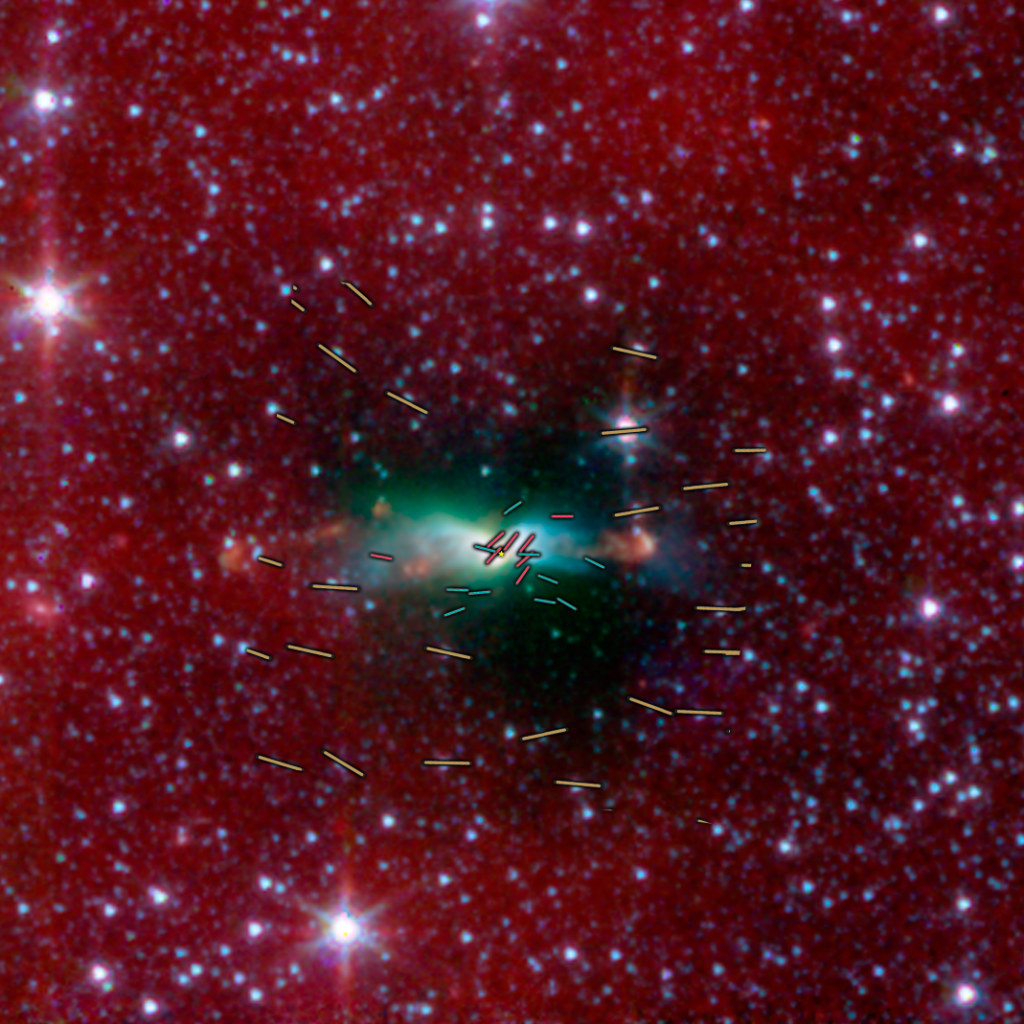“The Follower.” Significance in Human Observation
Historical Observation: Aldebaran has been observed by humans for thousands of years. Ancient civilizations, such as the Mesopotamians and Egyptians, recognized it and incorporated it into their myths and calendars.
Modern Astronomy: In modern times, Aldebaran has been extensively studied. Its position and brightness make it important for celestial navigation, and it remains a subject of interest in astrophysical research.
This timeline captures the major phases in the life of Aldebaran, from its formation billions of years ago to its current state as a red giant and its eventual fate as a white dwarf and beyond. Aldebaran is easily visible to the naked eye. Main Sequence Phase: Aldebaran spent most of its life as a main sequence star, similar to the Sun. Aldebaran formed from a cloud of gas and dust in the Milky Way galaxy. This process, known as stellar formation, occurred within a nebula, where gravity caused material to collapse and form a protostar. fascinating timeline that spans billions of years, from its formation to its current state and beyond. Here’s an overview of Aldebaran’s.
Historical Observation: Aldebaran has been observed by humans for thousands of years. Ancient civilizations, such as the Mesopotamians and Egyptians, recognized it and incorporated it into their myths and calendars.
Modern Astronomy: In modern times, Aldebaran has been extensively studied. Its position and brightness make it important for celestial navigation, and it remains a subject of interest in astrophysical research.
This timeline captures the major phases in the life of Aldebaran, from its formation billions of years ago to its current state as a red giant and its eventual fate as a white dwarf and beyond. Aldebaran is easily visible to the naked eye. Main Sequence Phase: Aldebaran spent most of its life as a main sequence star, similar to the Sun. Aldebaran formed from a cloud of gas and dust in the Milky Way galaxy. This process, known as stellar formation, occurred within a nebula, where gravity caused material to collapse and form a protostar. fascinating timeline that spans billions of years, from its formation to its current state and beyond. Here’s an overview of Aldebaran’s.
“The Follower.” Significance in Human Observation
Historical Observation: Aldebaran has been observed by humans for thousands of years. Ancient civilizations, such as the Mesopotamians and Egyptians, recognized it and incorporated it into their myths and calendars.
Modern Astronomy: In modern times, Aldebaran has been extensively studied. Its position and brightness make it important for celestial navigation, and it remains a subject of interest in astrophysical research.
This timeline captures the major phases in the life of Aldebaran, from its formation billions of years ago to its current state as a red giant and its eventual fate as a white dwarf and beyond. Aldebaran is easily visible to the naked eye. Main Sequence Phase: Aldebaran spent most of its life as a main sequence star, similar to the Sun. Aldebaran formed from a cloud of gas and dust in the Milky Way galaxy. This process, known as stellar formation, occurred within a nebula, where gravity caused material to collapse and form a protostar. fascinating timeline that spans billions of years, from its formation to its current state and beyond. Here’s an overview of Aldebaran’s.
0 Commentarii
0 Distribuiri
1K Views







